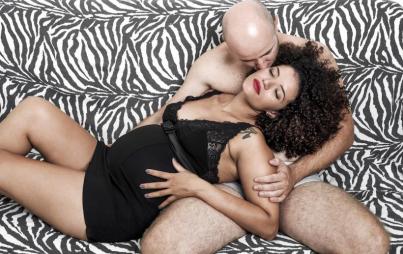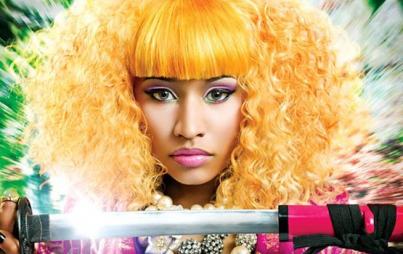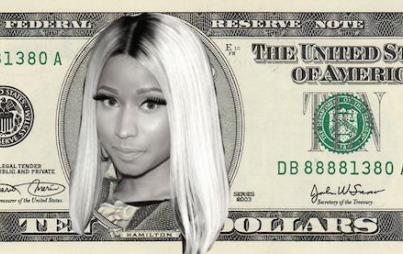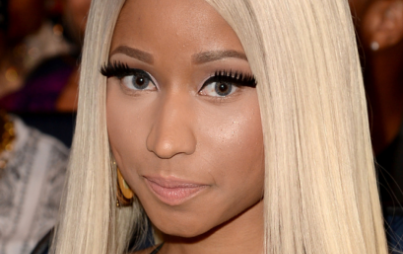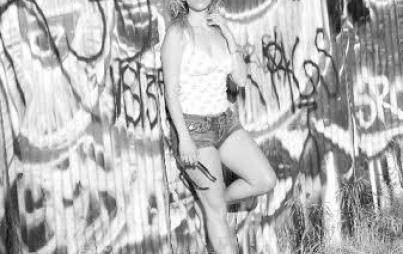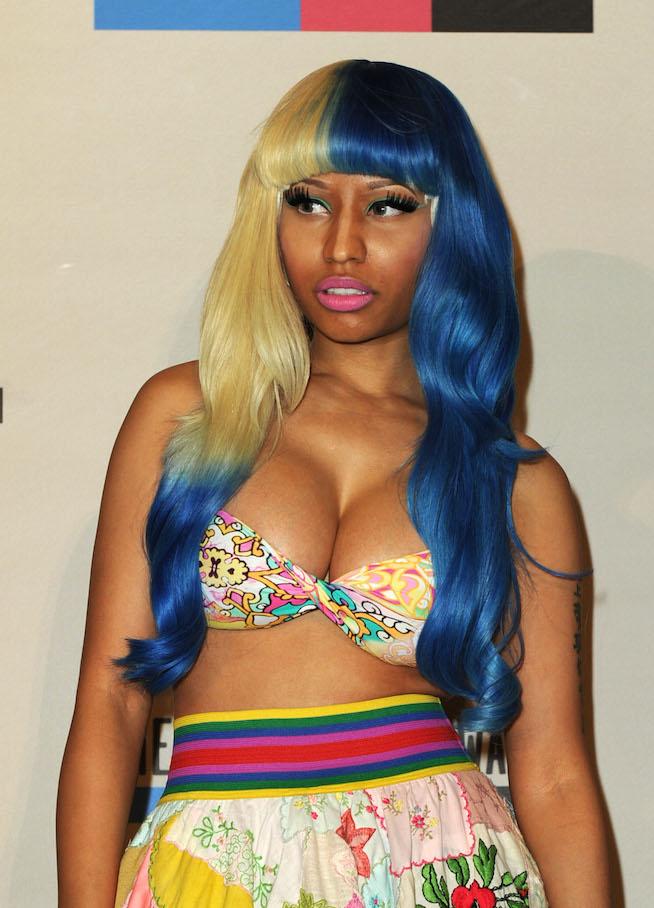
Image: Getty
There's a certain irony to their unfortunate word choice.
"The look on Miley's face during Nicki Minaj's savage, expletive-laden rant says it all," Salon tweeted the day after the VMAs. Less than 140 characters, but still enough to link a black woman to a longstanding racial slur.
Salon was roundly mocked, so it took the tweet down and then apologized. That was undoubtedly the right thing to do. But there's a certain irony to their unfortunate word choice. The original tweet was supposed to direct people to an article about Minaj's already-famous dis of Miley Cyrus. The insult — a response to Cyrus' derogatory comments in an earlier interview — were delivered by Minaj during her acceptance speech for Best Hip-Hop Video. The video, "Anaconda," opens with a scene of a lush jungle, then pulls back to show Minaj and several other women dressed in scanty attire on a rope bridge. Grass huts are in the background as, over the course of the video, Minaj crawls and stretches and (famously) parades her butt in animalistic fashion. In other words, the video cheerfully and flagrantly depicts Minaj as a stereotypical savage.
"Anaconda" doesn't just depict Minaj as a savage, though. Instead it jumps from her in that string wisp of nothing on a rope bridge to her in a form fitting Alexander McQueen dress, to her against a blank white background dancing in cutoffs. The jungle setting itself is elaborately, preposterously campy; it includes turntables with rotating pineapples as well as a literal jungle gym, in which Minaj and background dancers lift and workout and thrust rhythmically. Towards the end the jungle grows a kitchen, too, in which a pink-haired Minaj in a French maid's outfit flirtatiously castrates a banana.
The "savage" tropes in "Anaconda" (even unto that title) are gleefully thrust into your face. But they're thrust into your face as tropes. Minaj isn't really a jungle-dweller. Instead, the jungle is transparently a stage set; it's one of many outfits that Minaj dons before moving onto the next, whether fashion plate, sexy cook, or, at the video's end, stripper. The video costume changes here emphasize the fact that none of those costumes can completely contain Minaj. She's bursting out of all of them.
Minaj's flirtation with racist imagery can seem gratuitous or in poor taste. But it actually has a long, respectable (and/or unrespectable) pedigree. In a recent study of early blues performers, Staging the Blues, Paige McGinley argues that great early blues singers like Ma Rainey and Bessie Smith used similar tactics in their stage performances back in the 1920s and 1930s. A blues show might include a set piece with Rainey in an Orientalist feathered headdress, and then perhaps a full-scale representation of a storm for "Stormy Sea Blues," and then a recreation of a stereotypical happy plantation, familiar from racist blackface shows. Rainey standing in a pretend cotton field as just one stage backdrop showed that it was a stage backdrop — not a real depiction of black life. Minaj is using a strategy that goes back almost a hundred years. Like her foremothers, she tosses around the racist stereotypes to show how hollow they are. You can almost see "Anaconda" as a response to that Salon tweet."I'm not a savage even when I'm on a rope bridge, dumbass," she seems to be saying." Because whatever I wear, I'm a star."
If "Anaconda" is the best rejoinder to Salon's faux pas, though, it also shows that such rejoinders can have limited power. A century of black women making great art in defiance of racist stereotypes is inspiring — but it's also depressing since, after all, it means those racist stereotypes are still around. Minaj made a whole video about how silly the jungle savage trope is, but Salon still, despite itself, reaches for the trope. The performer can shake and jiggle and laugh at racist depictions of black women, but those racist stereotypes are still there. The video shows Minaj is not tied to any one of them, but the tweet still ends up pinned to her. Which is perhaps why she chose to use those jungle settings in "Anaconda" in the first place; the stereotypes are still live. Stupid and ridiculous and even laughable as it might be, savage racism is hard to kill.

